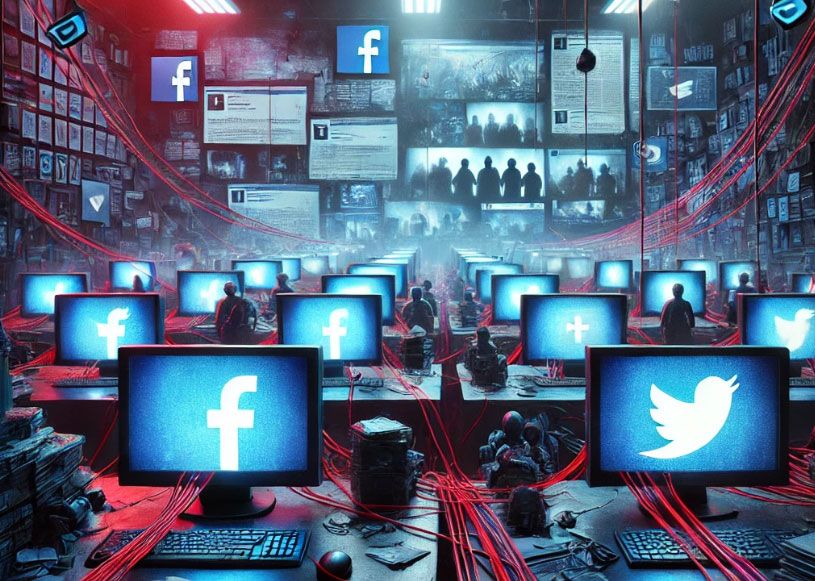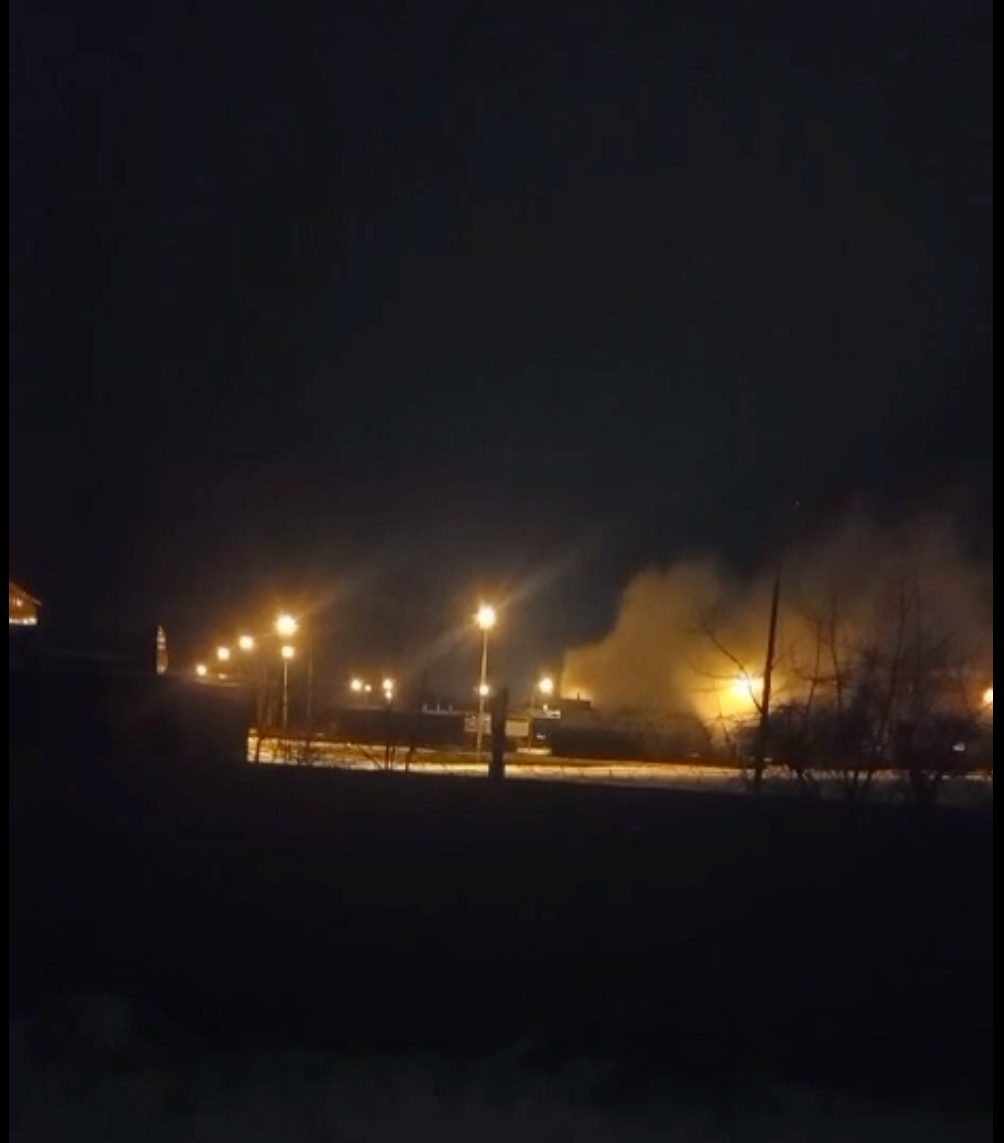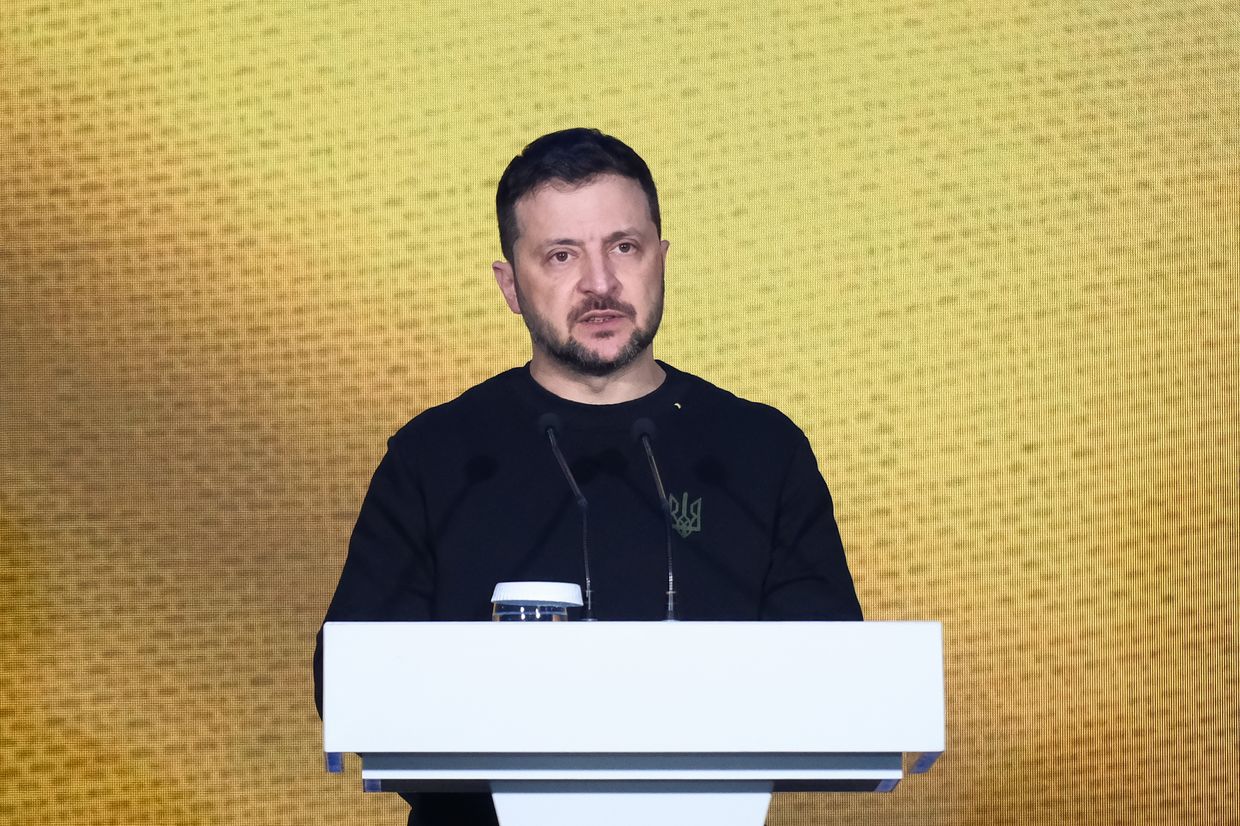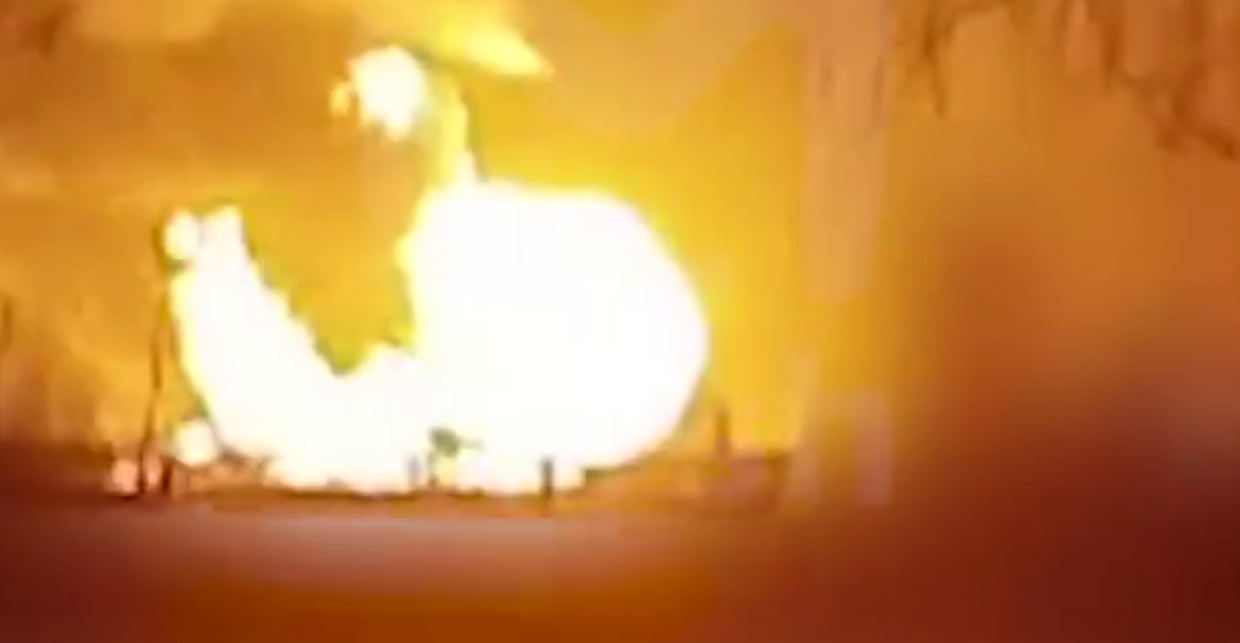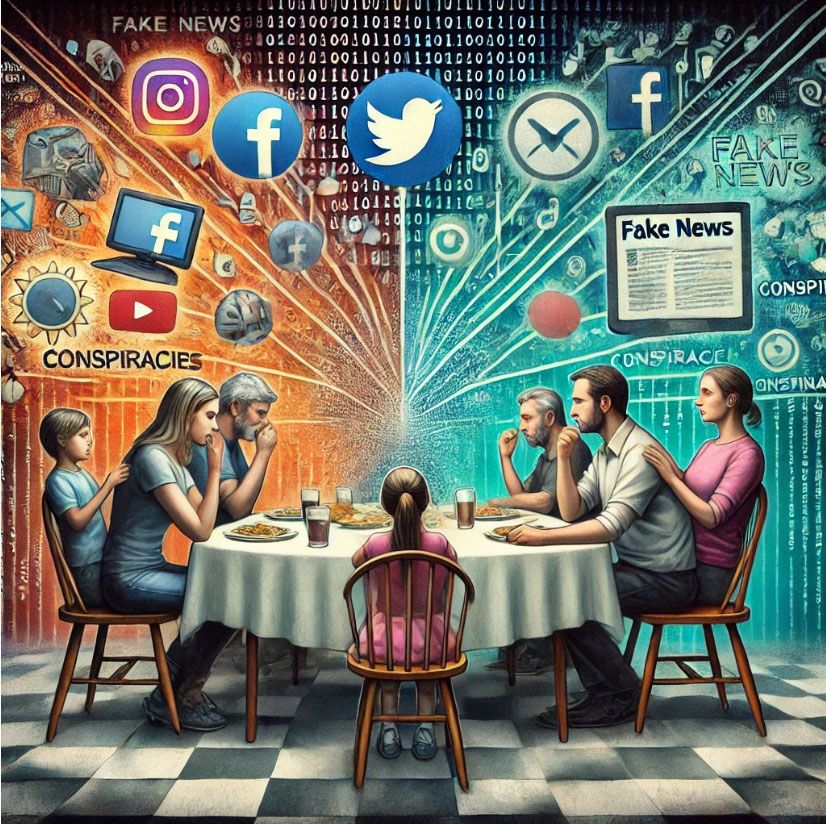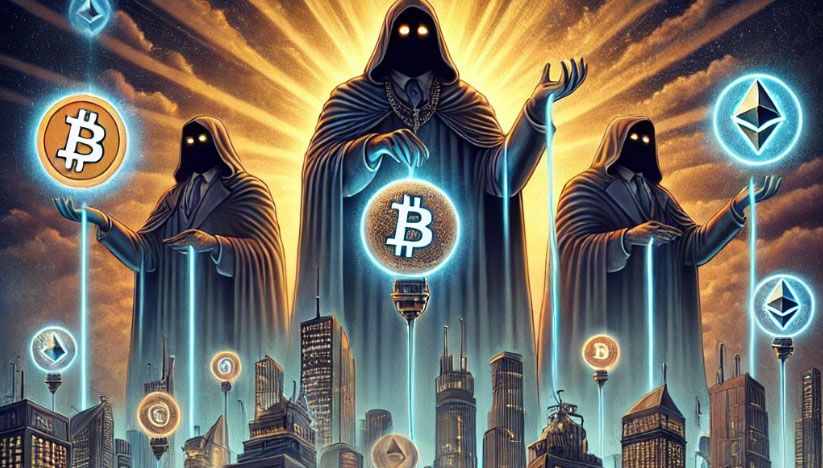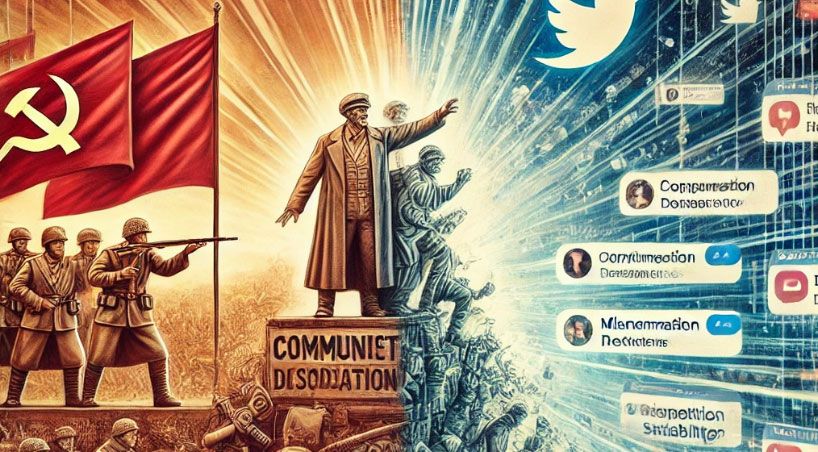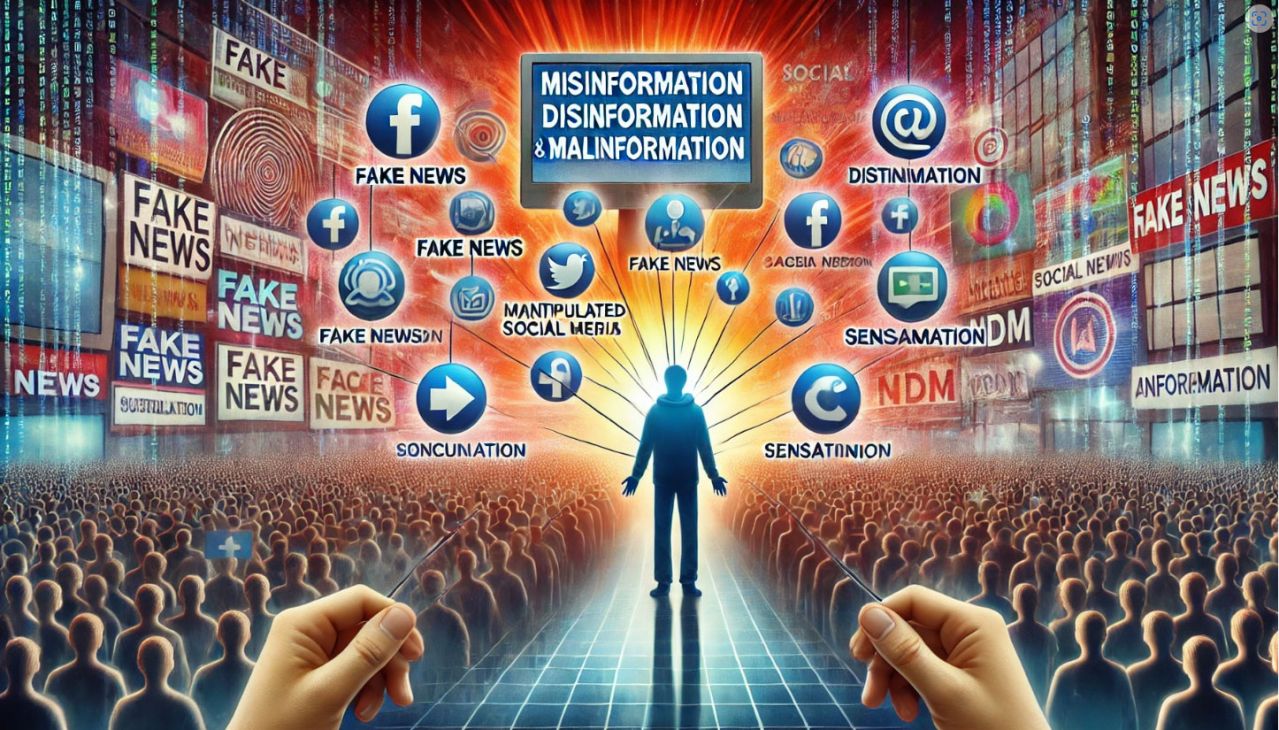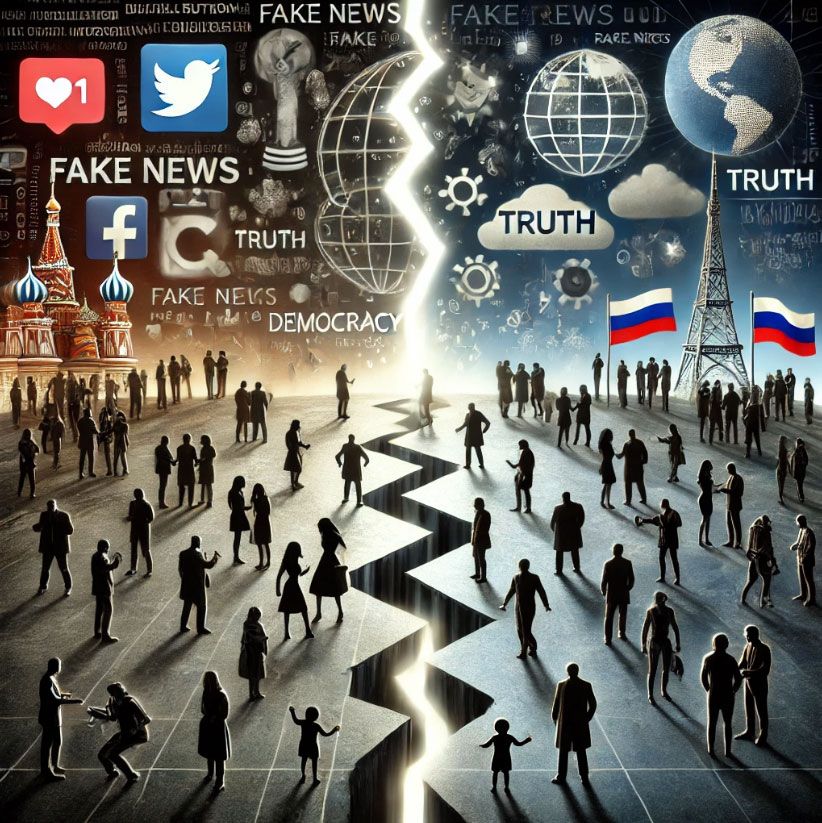Major Russian Black Propaganda Methods and Their Societal Impact
Recent studies by the Atlantic Council and RAND Corporation have highlighted the sophistication of Russian disinformation campaigns, particularly in exploiting societal divides and manipulating digital information ecosystems.
- The "Big Lie" Technique
- Description: Propagating a massive falsehood so audacious that it becomes believable due to its scale.
- Example: During the 2014 annexation of Crimea, Russia consistently denied deploying its military, referring to the armed personnel as local "self-defense units."
- Impact: This misinformation created confusion among local populations, eroded trust in international news, and delayed global response to the annexation, fostering a sense of helplessness among Ukrainians.
- False Flag Operations
- Description: Executing covert operations disguised as being carried out by other groups or nations.
- Example: The 1999 Russian apartment bombings were attributed to Chechen terrorists, providing justification for the Second Chechen War. However, evidence suggests involvement by Russian security services.
- Impact: Fear and anti-Chechen sentiment surged among Russian citizens, enabling public support for aggressive military actions and suppressing dissent.
- Forged Documents and Publications
- Description: Creating fraudulent documents to damage reputations or legitimize actions.
- Example: Operation "Denver" spread the false claim that the U.S. engineered HIV/AIDS as a bioweapon.
- Impact: This campaign sowed distrust in Western medical institutions, especially in African nations, contributing to stigma and resistance to global health initiatives.
- Front Groups and Media Outlets
- Description: Establishing seemingly independent organizations to covertly push propaganda.
- Example: The Internet Research Agency (IRA) created fake social media pages to incite division during the 2016 U.S. elections.
- Impact: Amplified racial, political, and ideological divides, leading to increased polarization and mistrust within democratic societies.
- Rumor-Mongering
- Description: Spreading unverified claims to damage reputations or influence perceptions.
- Example: Russian media disseminated rumors about the dangers of Western COVID-19 vaccines, promoting their Sputnik V vaccine instead. Additionally, during the Russia-Ukraine conflict, Russian outlets spread false claims about Ukrainian forces committing atrocities against civilians in Donbas to justify military aggression and inflame ethnic tensions.
- Impact: Fueled vaccine hesitancy, prolonged the pandemic, and deepened mistrust in public health authorities. In the context of the Ukraine conflict, these rumors exacerbated ethnic divisions, incited violence, and justified military operations in the eyes of the Russian public.
- Fake News Outlets and Manipulation of Social Media
- Description: Creating counterfeit news platforms and using bots to amplify divisive content.
- Example: Russian operatives spread conspiracy theories about U.S. political candidates through fabricated news sites and coordinated social media campaigns.
- Impact: Confused voters, eroded trust in democratic processes, and contributed to widespread misinformation.
The Human Cost: Psychological and Social Consequences
- Erosion of Trust: Persistent misinformation damages trust in media, governments, and public institutions, making societies vulnerable to further manipulation. A 2021 study by the Pew Research Center found that exposure to disinformation significantly decreases public trust in democratic processes. The illusory truth effect explains how repeated exposure to falsehoods increases their perceived truthfulness.
- Social Fragmentation: Divisive narratives deepen social and political rifts, leading to hostility between different community groups. Research by the RAND Corporation highlights how disinformation campaigns exacerbate societal polarization, contributing to conflict and reduced social cohesion.
- Public Fear and Anxiety: False narratives about security threats and health crises foster widespread fear and uncertainty. The American Psychological Association reported increased anxiety levels during the COVID-19 pandemic, partially driven by misinformation spread on social media.
- Political Radicalization: Repeated exposure to extremist content can push individuals toward radical ideologies or violent actions. A 2020 report by the Institute for Strategic Dialogue linked online disinformation to increased recruitment by extremist groups, particularly among vulnerable populations.
Conclusion
Russia's black propaganda campaigns exploit existing societal vulnerabilities, manipulating public perception to achieve geopolitical goals. The deliberate spread of misinformation destabilizes societies, erodes trust in institutions, and exacerbates social and political divisions.
Understanding these tactics is essential for building resilience against disinformation and safeguarding democratic values.
Recommendations for Countering Black Propaganda:
- Media Literacy Programs: Implement nationwide media literacy initiatives, including curriculum integration in schools, to educate the public on identifying disinformation and verifying credible sources.
- Policy Initiatives: Develop and enforce comprehensive regulations that hold social media platforms accountable for detecting and removing disinformation while safeguarding free speech.
- International Collaboration: Strengthen international cooperation through shared intelligence networks and coordinated counter-disinformation campaigns.
- Fact-Checking Networks: Increase funding and accessibility for independent fact-checking organizations to provide timely and accurate corrections to false information.
- Public Awareness Campaigns: Launch targeted, culturally sensitive campaigns to raise awareness about common propaganda tactics and encourage critical thinking.
By adopting these strategies, societies can mitigate the harmful effects of disinformation, reinforce social cohesion, and protect the integrity of democratic processes.
References
- Pomerantsev, P. (2014). Nothing is True and Everything is Possible: The Surreal Heart of the New Russia. PublicAffairs.
- Lucas, E., & Nimmo, B. (2015). Information Warfare: What Is It and How to Win It? Center for European Policy Analysis (CEPA).
- Paul, C., & Matthews, M. (2016). The Russian "Firehose of Falsehood" Propaganda Model. RAND Corporation.
- Giles, K. (2016). Handbook of Russian Information Warfare. NATO Defense College. Operation Denver (Wikipedia)
- The Internet Research Agency (Stanford Internet Observatory)
- Analysis of Russian Disinformation Tactics (NATO StratCom COE)
- Le Monde: Russian Disinformation Machine


